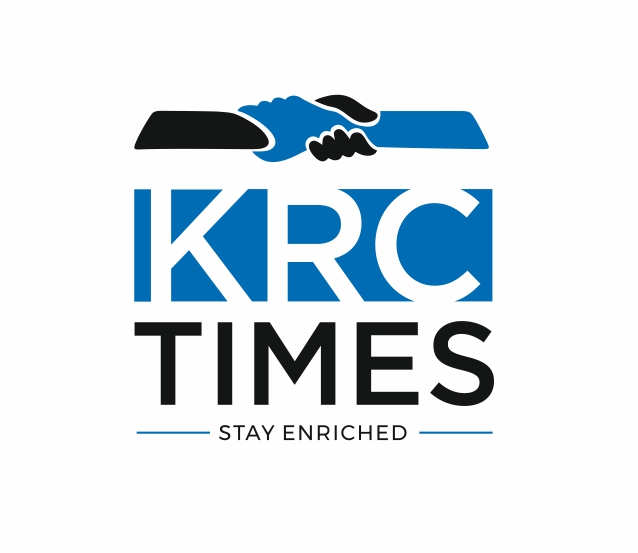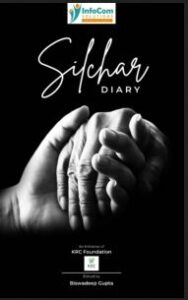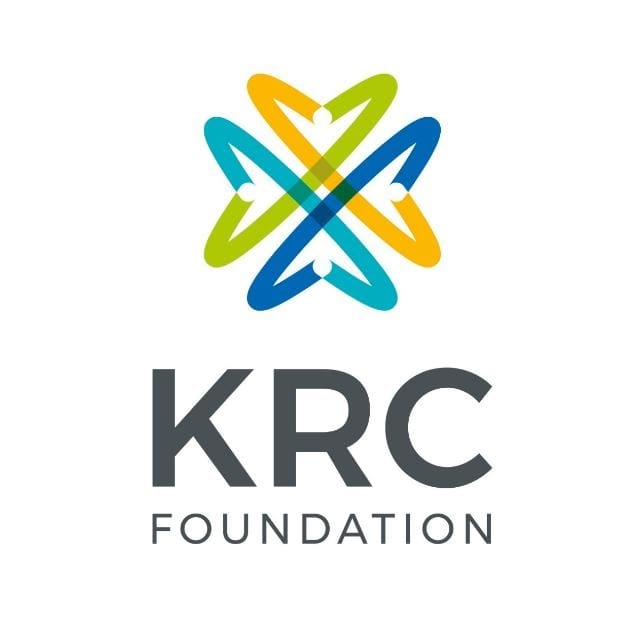A joint study by CRY and CNLU found that the online perpetrators made the most of children’s increased exposure to the internet during COVID, and it’s high time the concerned authorities take strictest measures in the best interest of the child
 KRC TIMES National Bureau
KRC TIMES National Bureau

New Delhi: Online Child Sexual Exploitation and Abuse (OCSEA) has extended its presence across India, especially during the COVID pandemic, and full features and dimensions of such offences are gradually becoming a matter of grave concern – a recent study jointly conducted by CRY – Child Rights and You and CNLU (Chanakya National Law University, Patna) revealed.
With easy access to the internet and online communication across social media platforms becoming popular among children and adolescents, the silent pandemic of OCSEA is here to stay and gradually aggravate, demanding urgent measures to respond to it before it outruns our coping mechanism – the study observed.
According to the findings of the study ‘POCSO and Beyond: Understanding Online Safety during COVID’ conducted on the occasion of 10 years of enactment of the POCSO (Protection of Children from Sexual Offences) Act, 2012, adolescent girls and boys within 14-18 years belonging to the lower income strata conspicuously figured as the most vulnerable age group.
With the prolonged closure of schools during the COVID-induced lockdown and with online education coming into currency, easy access to the internet and uncontrolled usage of social media has increased online exposure for children with less or no supervision of parents, thereby making it easier for the online perpetrators to identify the victims, get access to their personal details and connect to the victims to lure them followed by commission of the offence – the study observed.

e-mail: infocom.krc@gmail.com
Know More | Apply Here
“It is exactly in this context that the study places itself on tracking the shift in child sexual abuse to online mode in the cross-section of the period initiating from the onset of the COVID pandemic,” said Puja Marwaha, the Chief Executive at CRY.
In the welcome address at the launch of the study report, Puja further stated that “The research will aim to grab attention of the legal community, civil society organisations (CSOs) and other stakeholders/ duty-bearers engaged in the child protection mechanisms, and anticipate a series of initiatives towards fortification at the household and school levels with regards to forewarning and preparedness of the parents and teachers in preventing the OCSEA cases.”
The consultation session was graced by eminent guest speakers including Shri Santosh Kumar Gangwar, Member of Parliament (Lok Sabha); Justice Smt. Mridula Mishra, Patna High Court and Vice Chancellor, Chanakya National Law University; Prof. Raka Arya, Member of Law Commission; Smt. Neerja Shekhar, Additional Secretary, Ministry of Information and Broadcasting GOI; Shri Deependra Pathak, Special Commissioner of Police (Law and Order) Delhi Police; Dr. P.M. Nair, Chair Professor TISS and many others.
While Shri Santosh Kumar Gangwar insisted on the emerging need for creating public awareness on this topic, Justice Mridula Mishra agreed to the fact that Child Sexual Abuse is increasing at a fast pace in India and the need of the hour is to revisit the existing regulations and legislations to make them more effective.
Going by the findings of the study, one-third (33.2 per cent) of the parents among the respondents reported that their children were approached by strangers via online platforms soliciting friendships, fishing for personal and family details and broaching up sexual advice concerning relationships; and children were shared inappropriate sexual content and were indulged in sexual conversations online.
According to the parents, of the children indicating cases of online solicitations and abuse, 40 per cent were adolescent girls within 14-18 years, closely followed by adolescent boys (33 per cent) within the same age group. For the parents who had shared that their children have indicated experiences of OCSEA, responses were received more from rural areas than urban areas, with both male and female respondents accounting for such incidents.
On being asked what measures they would likely to take if their children faced OCSEA, only 30 per cent of the parents stated that they would go to the police station and file complaint, while a worrying 70 per cent discarded the option. Further, only 16 per cent of parents reported of being aware of any legislation relating to OCSEA. These findings indicated a huge information deficit and low trust with the legal and law enforcement institutions among the parents.
When it came to observing behavioural changes in children indicating possibility of OCSEA, close to 60 per cent teachers reportedly witnessed at least two behavioural changes in children, while almost 40 per cent of them observed more than two behavioural changes. The most common behavioural changes noticed among children by the teachers were absent-mindedness and unjustified absence from school (both 26 per cent), followed by increased usage of smartphones in school (20.9 per cent).
A total of 497 incidents were reported by the teachers concerning coming across any incidence of OCSEA including bullying, sharing sexual content, sending inappropriate or pornographic images etc. Most cases occurred on social media platforms (27 per cent) and individual phone numbers (26 per cent), followed by 11 per cent of such cases during online classes, 21 per cent in formal WhatsApp groups created by the school, and 15 per cent in chat rooms among students of the school.
Soha Moitra, Director of Development Support at CRY and the Head of its Regional Operations in the North, underscored the importance of re-evaluating and adding more teeth to the existing legal frameworks.
“This research has found that the internet is being used for the trafficking of children in India. Now, with the use of the internet in trafficking, especially among younger children, as indicated in this study, the provisions may need to be re-evaluated. The provisions under IT Act and the Immoral Traffic Prevention Act, 1956, (ITPA) do not talk specifically of children but are general in nature and hence applicable in case of children too. Many POCSO offences are committed for or as a consequence of trafficking. There is a need to clearly engage with such interlinkages in definitions of OCSEA offences under IPC and POCSO,” Soha noted.


